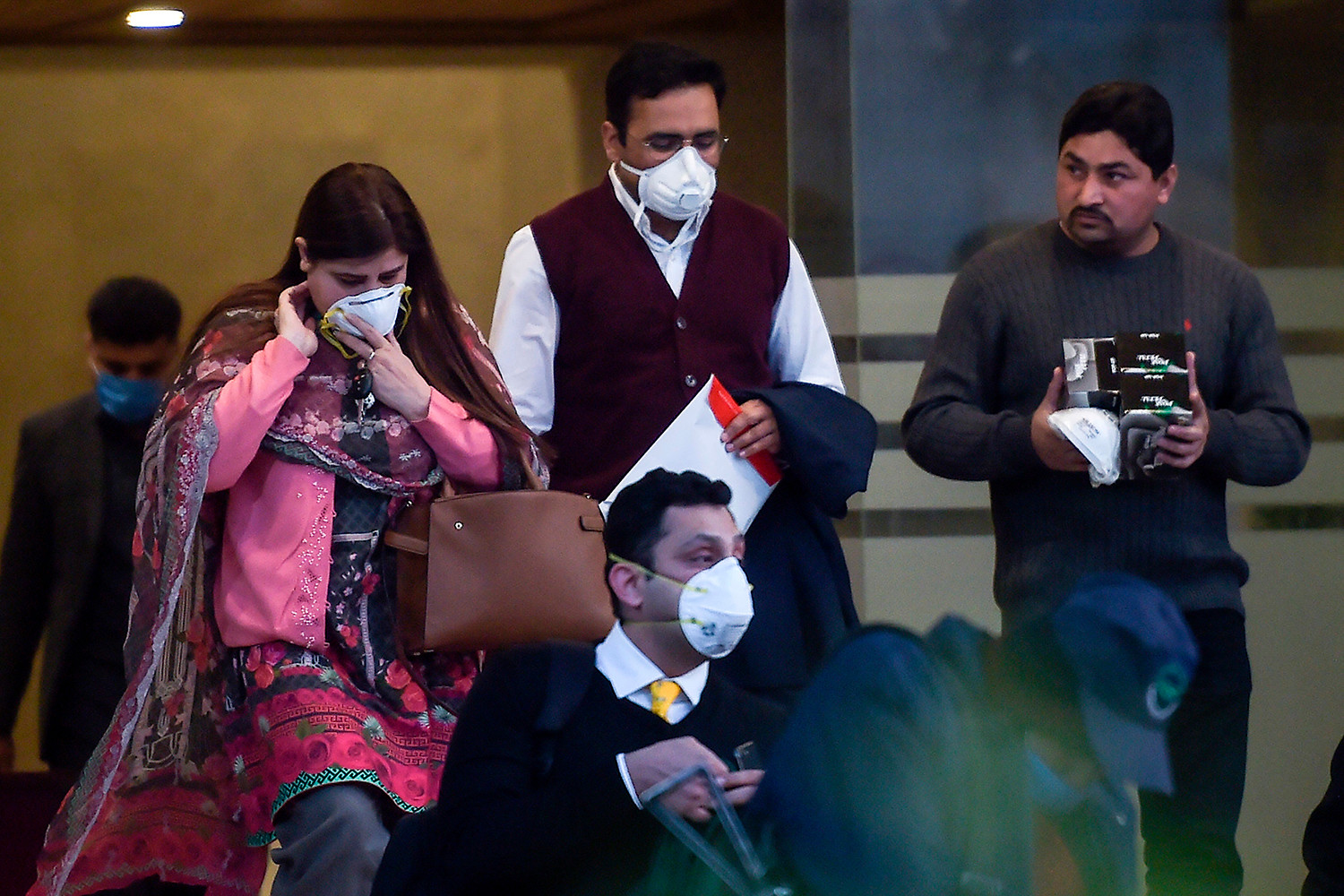
A novel coronavirus (2019-nCoV) is a new and emerging coronavirus that has not been identified before in any part of the world. Throughout the world, public health officials and partners are working day and night to underpin the source of the “2019-nCoV”. Coronaviruses being a large family of viruses, cause illness in humans as well as animals, including camels, cats, and bats. This outbreak of novel coronavirus disease 2019 (called COVID-19) initially started in the month of December 2019 and originated from Wuhan City, China.
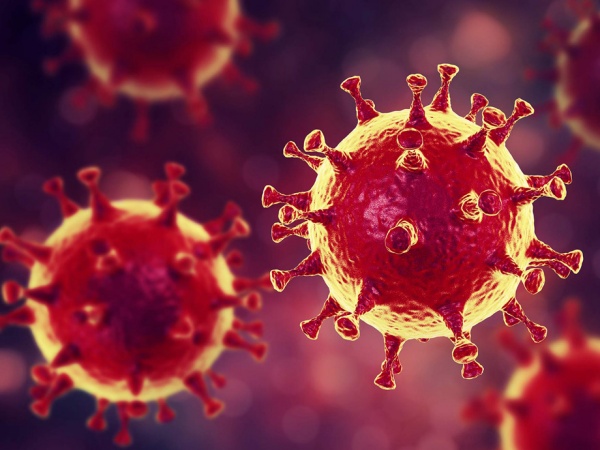
A live dashboard of COVID-19 cases in Pakistan
The Government of Pakistan has launched the real-time data portal for COVID-19. Visit this portal to find out real-time updates about the impact of coronavirus in Pakistan.
Current situation of COVID-19 COVID-19 in Pakistan as of Tuesday, March 17, 2020. Total cases: 184
Sindh: 150 (Sukkur 119, Karachi 30, Hyderabad 1)
Khyber Pakhtun Khwa: 15
Baluchistan: 10
Islamabad Capital Territory: 4
Gilgit-Baltistan: 3
Punjab: 2
Recovered patients: 2
Due to these statistics, it is the right time to think about closing provincial borders to further prevent the spread of COVID-19 across provincial boundaries due to massive traveling between the provinces. Strict actions are unavoidable in cities with a high number of cases in order to safeguard susceptible populations.
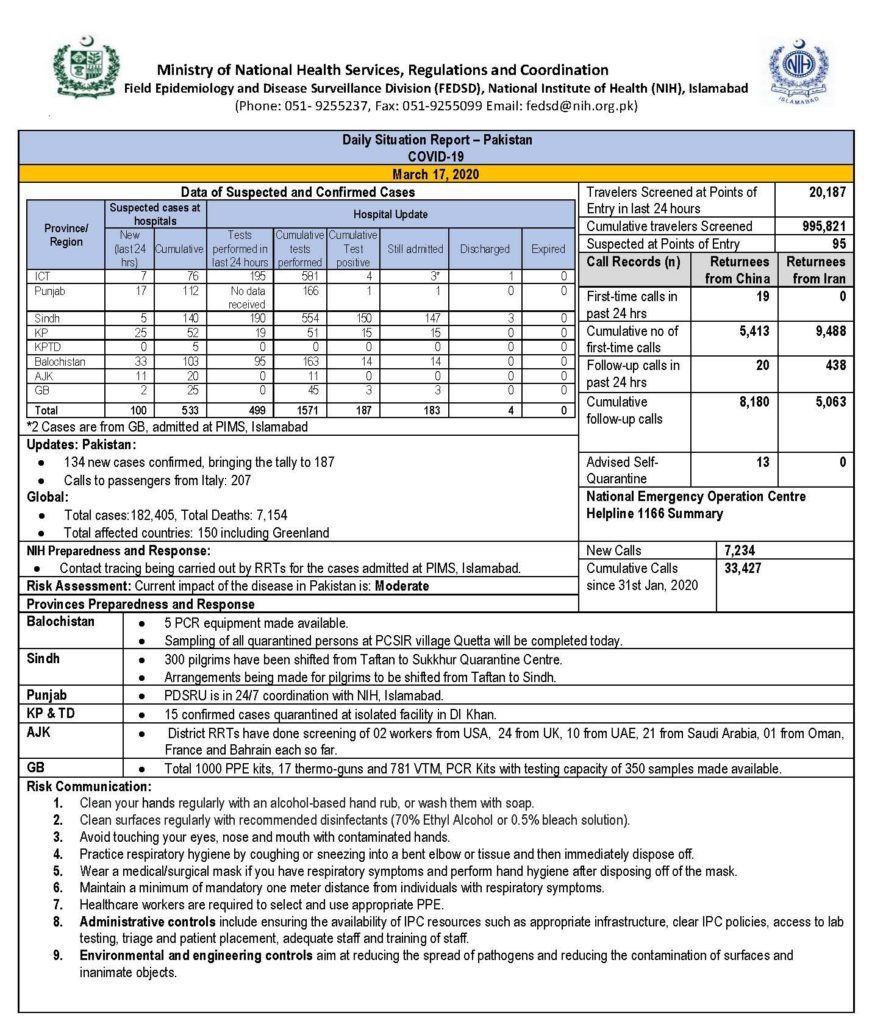
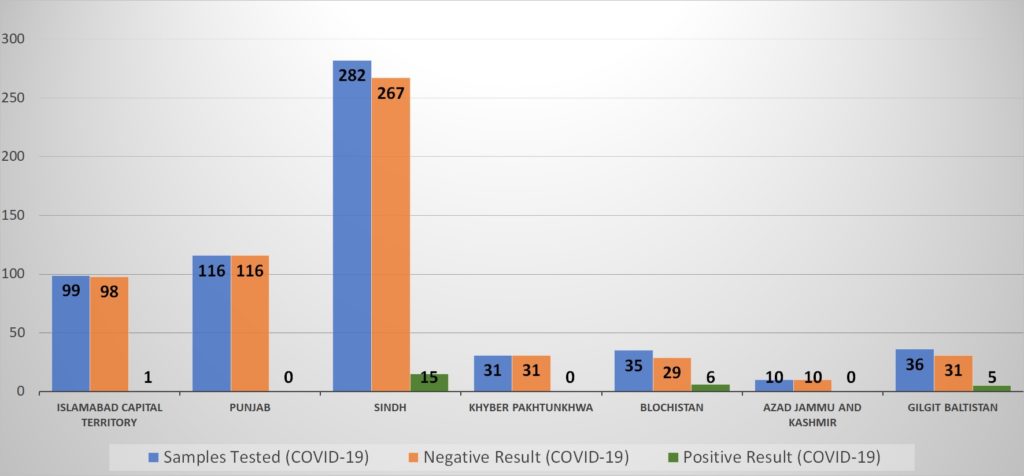
The following video shows the basic steps to follow in order to avoid coronavirus infection.
History of COVID-19 cases in Pakistan
On 26 February 2020, Zafar Mirza, the Prime Minister’s Special Assistant on Health, confirmed the first two cases of coronavirus in Pakistan. The first patient was a student at the University of Karachi, Karachi in Sindh province while the second patient is from the federal territory of the country. Both patients had a travel history of returning from Iran.
Soon after the first two cases, within a week, Pakistan confirmed three more cases including a case in Islamabad and one case in Rawalpindi, Punjab, Pakistan.
On 2 March 2020, the fifth case was reported from the federal area of the country which included a 45-year-old woman from Gilgit, Baltistan, also having traveled from Iran. On 8 March 2020, Pakistan confirmed its seventh case of COVID-19 in Karachi. On the following day, nine new cases were reported from Karachi, making a total of 16 cases of COVID-19 in Pakistan. Five of the new patients had traveled to Syria and some other patients had returned from London. On 10 March 2020, three new cases were confirmed including one in Hyderabad and the other, the first case in Quetta, Balochistan. Also on that day, the second case in Gilgit-Baltistan was confirmed in Skardu. The patient is a 14-year-old. On 12 March, there was a third case found in Gilgit Baltistan, a 31-year-old resident of the Shigar district, who had a travel history of Iran.
On 13 March, the Sindh Health Department identified a 52-year-old patient as positive, which marked the first case of local disease transmission, as the patient had traveled from Islamabad. By the end of the day, the total number of cases had risen to 28, with seven new cases in Taftan.
On 14 March 2020, the number of cases rose to 31. All three new patients were found positive in Karachi.
On March 15th, 2020, the total number of cases in Pakistan jumped from 39 to 52 on Sunday after 17 new cases were reported in Sindh while Punjab reported its first and Islamabad its second.
On 16 March 2020, 83 new cases of the virus were confirmed which raised the toll to 136. Among these new cases, 15 cases were confirmed in Dera Ismail Khan and these people had returned from Taftan and were kept in quarantine in Darazinda, Dera Ismail Khan. Further updates on the day by day rise in COVID-19 cases, recovered patients and deaths, if any, can be accessed here.
How to protect yourself from novel coronavirus (COVID-19)?
The following images show the basic steps to avoid coronavirus infection. A piece of comprehensive information on the control, signs, symptoms, and preventive measures can be obtained here.
Watch for symptoms of COVID-19
Reported illnesses have ranged from mild symptoms to severe illness and death for confirmed coronavirus disease 2019 (COVID-19) cases. The following symptoms may appear 2-14 days after exposure.
- Fever
- Cough
- Shortness of breath
If you develop emergency warning signs for COVID-19 get medical attention immediately. Emergency warning signs include:
- Difficulty breathing or shortness of breath
- Persistent pain or pressure in the chest
- New confusion or inability to arouse
- Bluish lips or face
This list is not all-inclusive. Please consult your medical provider for any other symptoms that are severe or concerning.
If you are at risk of getting an infection?
Who is at higher risk? Early information out of China, where COVID-19 first started, shows that some people are at higher risk of getting very sick from this illness. This includes Older adults, People who have serious chronic medical conditions like Heart disease, Diabetes, and Lung disease.
Take actions to reduce your risk of getting sick
If you are at higher risk for serious illness from COVID-19 because of your age or because you have a serious long-term health problem, it is extra important for you to take action to reduce your risk of getting sick with the disease.
- Stock up on supplies.
- Take everyday precautions to keep space between yourself and others.
- When you go out in public, keep away from others who are sick, limit close contact and wash your hands often.
- Avoid crowds as much as possible.
- Avoid cruise travel and non-essential air travel.
- During a COVID-19 outbreak in your community, stay home as much as possible to further reduce your risk of being exposed.
Have supplies on hand
- Contact your healthcare provider to ask about obtaining extra necessary medications to have on hand in case there is an outbreak of COVID-19 in your community and you need to stay home for a prolonged period.
- If you cannot get extra medications, consider using mail-order for medications.
- Be sure you have over-the-counter medicines and medical supplies (tissues, etc.) to treat fever and other symptoms. Most people will be able to recover from COVID-19 at home.
- Have enough household items and groceries on hand so that you will be prepared to stay at home for a while.
Take everyday precautions
Avoid close contact with people who are sick. Take everyday preventive actions:
- Clean your hands often
- Wash your hands often with soap and water for at least 20 seconds, especially after blowing your nose, coughing, or sneezing, or having been in a public place.
- If soap and water are not available, use a hand sanitizer that contains at least 60% alcohol.
- To the extent possible, avoid touching high-touch surfaces in public places – elevator buttons, door handles, handrails, handshaking with people, etc. Use a tissue or your sleeve to cover your hand or finger if you must touch something.
- Wash your hands after touching surfaces in public places.
- Avoid touching your face, nose, eyes, etc.
- Clean and disinfect your home to remove germs: practice routine cleaning of frequently touched surfaces (for example tables, doorknobs, light switches, handles, desks, toilets, faucets, sinks & cell phones)
- Avoid crowds, especially in poorly ventilated spaces. Your risk of exposure to respiratory viruses like COVID-19 may increase in crowded, closed-in settings with little air circulation if there are people in the crowd who are sick.
- Avoid all non-essential travel including plane trips, and especially avoid embarking on cruise ships.
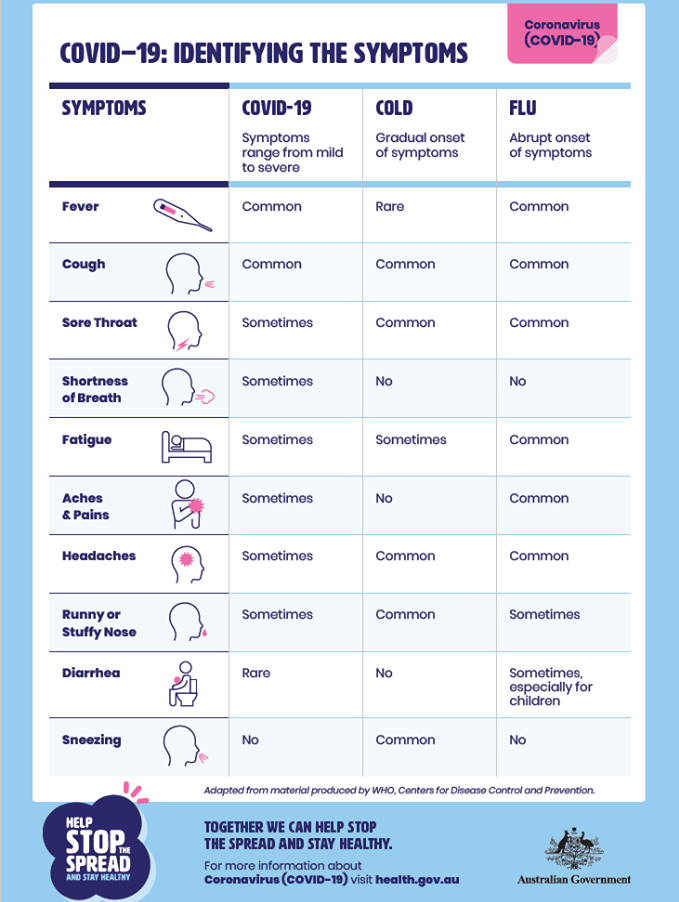
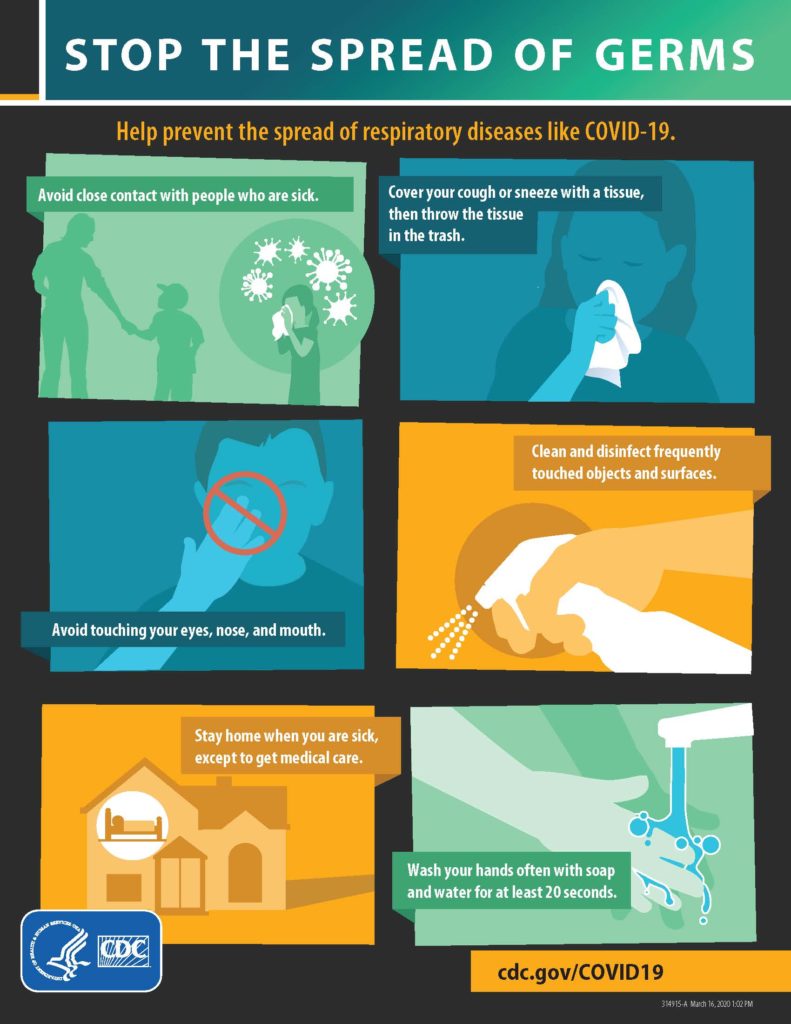
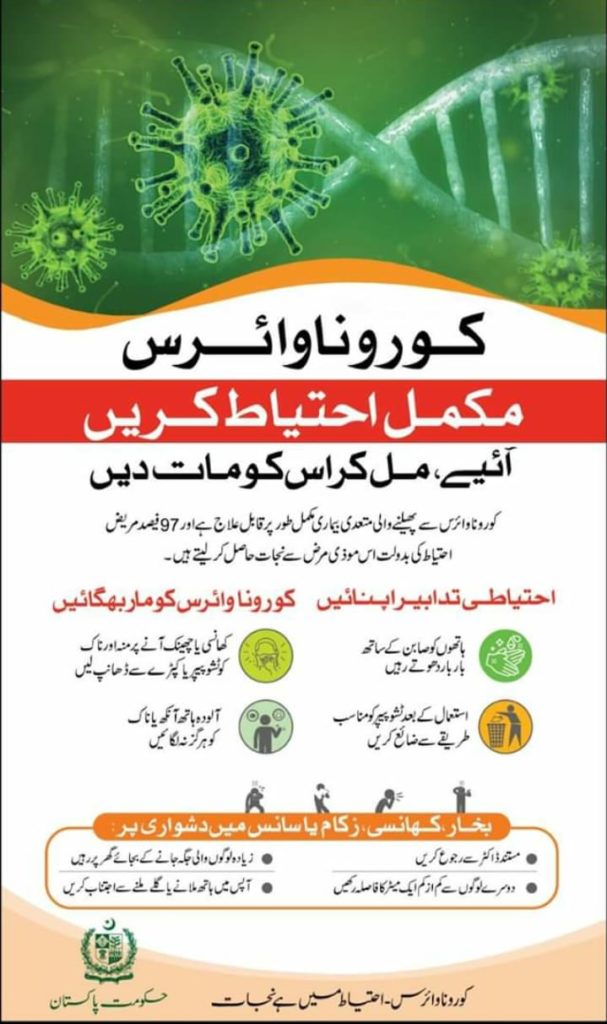
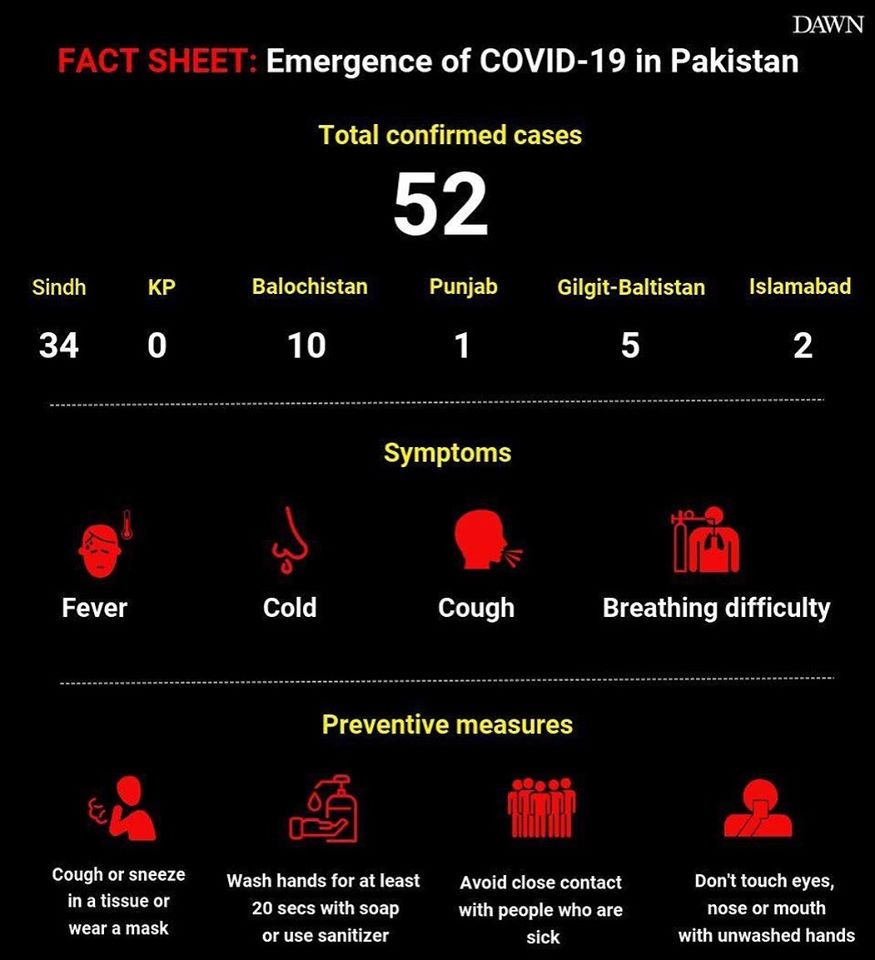
Live updates are here
Risk assessment of COVID-19
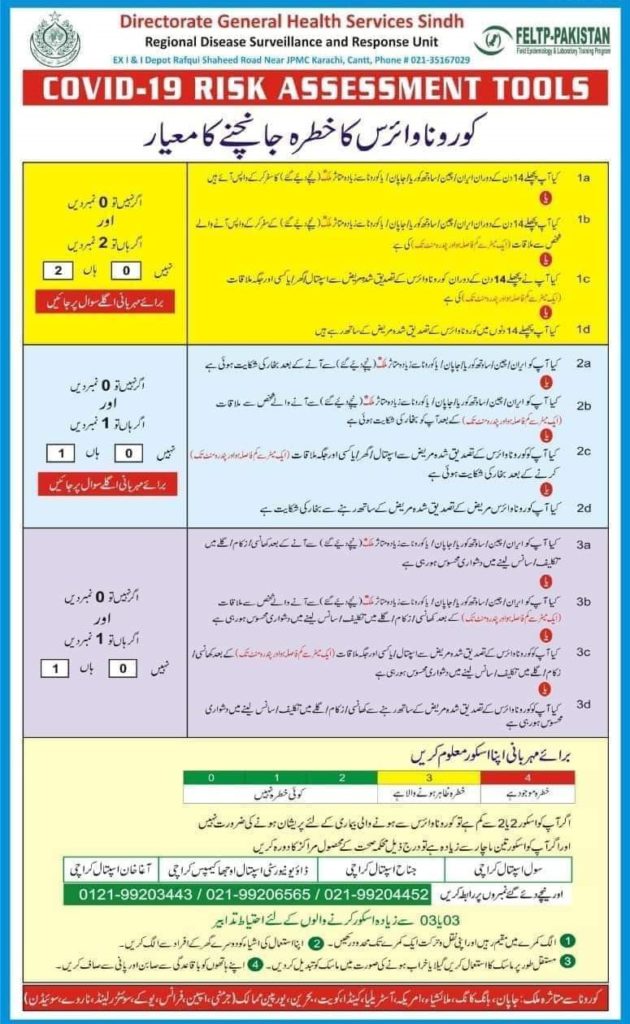
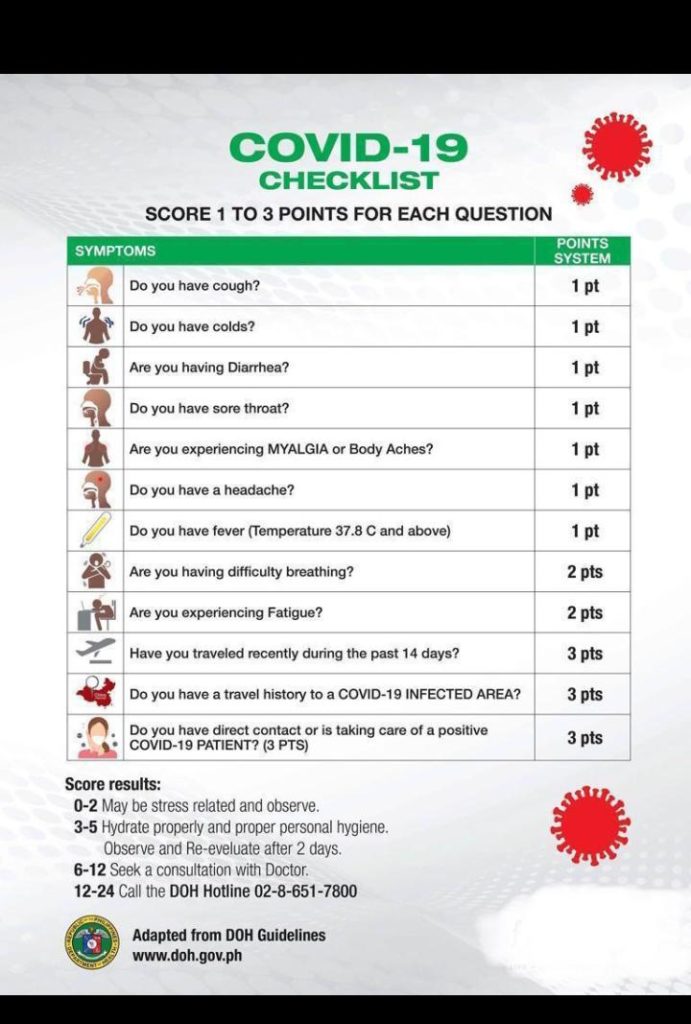
How soap kills the virus?
Following flow-diagram illustrates the mechanism of a soap/detergent destroying the virus, especially, coronavirus.

How COVID-19 diagnostic tests work?
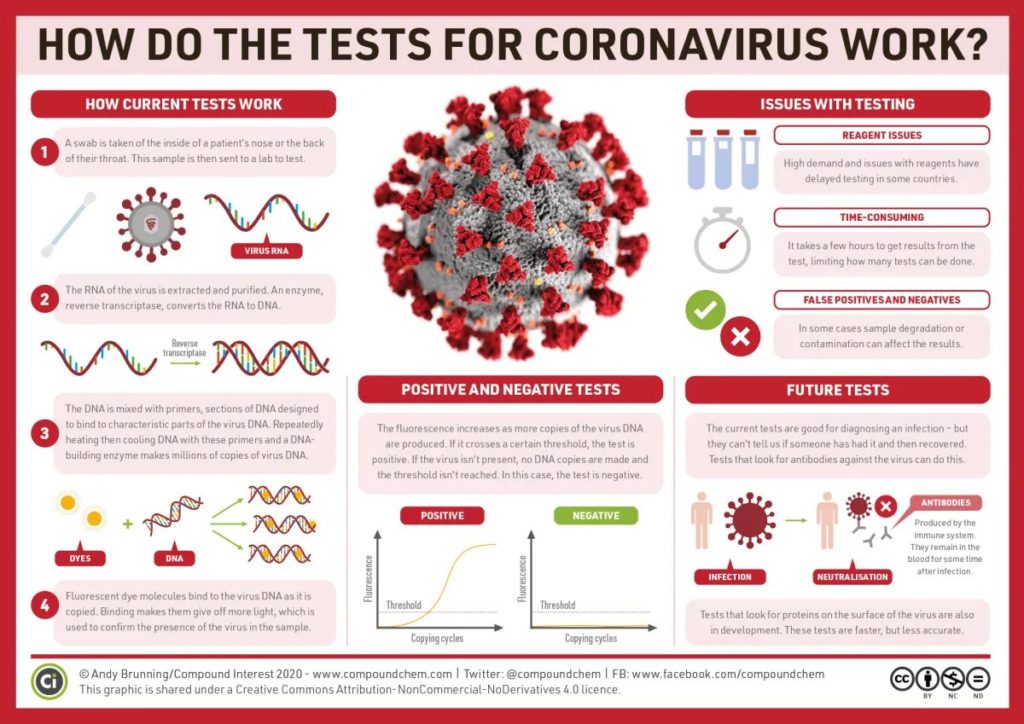
Leave a Reply